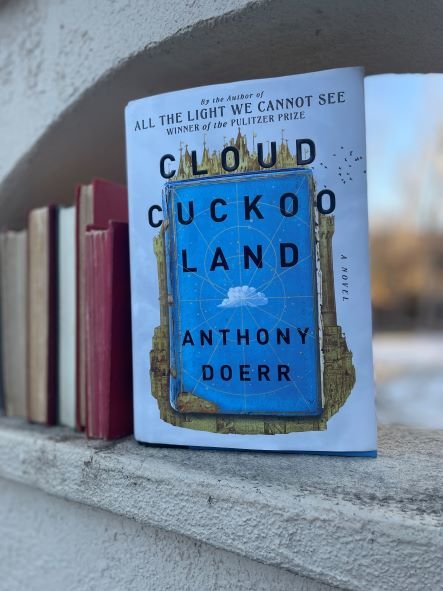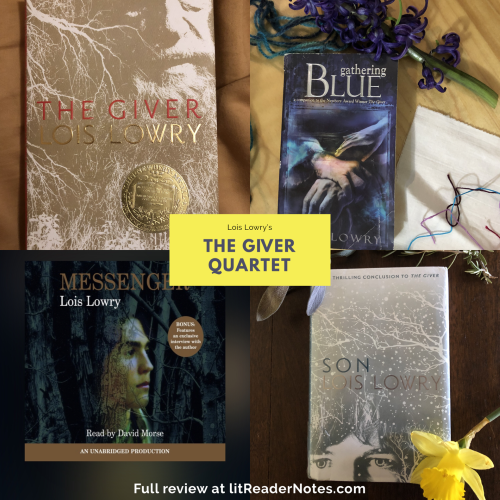If you enjoy books that tackle ambitious projects, play with historical trends and technologies, dig into themes of contemporary import, and end hopefully, I encourage you to pick up Cloud Cuckoo Land and then keep reading.
A few of my favorite reads…
CONTEMPORARY & CANONICAL ǁ NEW & OLD.
Fiction ※ Poetry ※ Nonfiction ※ Drama
Hi.
Welcome to LitReaderNotes, a book review blog. Find book suggestions, search for insights on a specific book, join a community of readers.




















